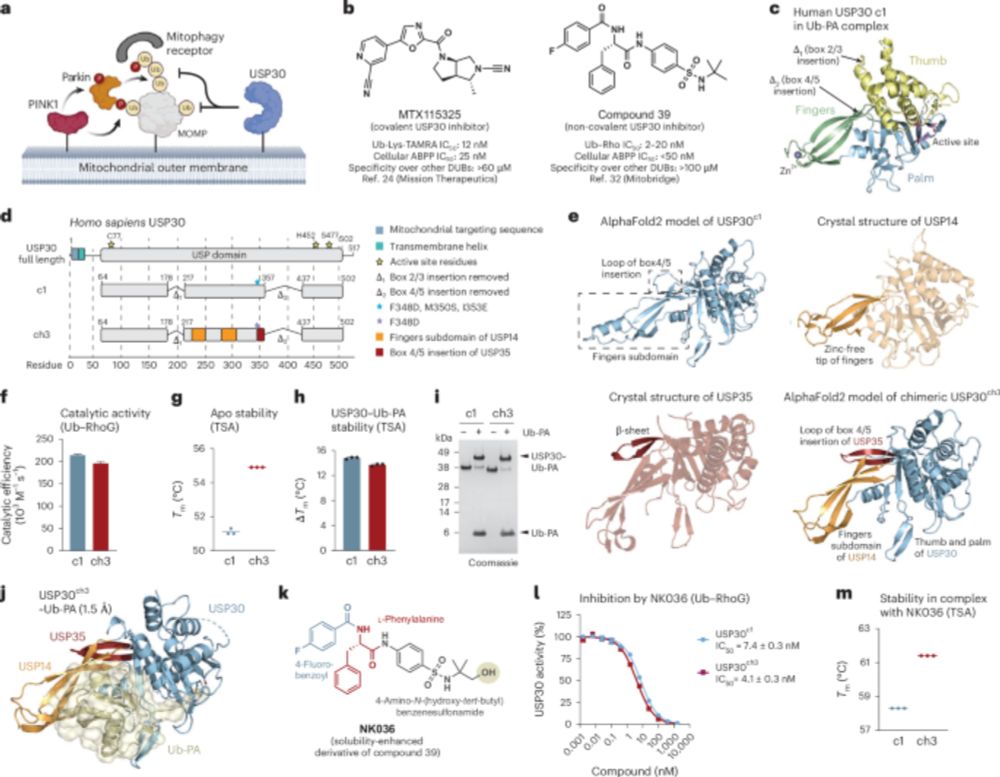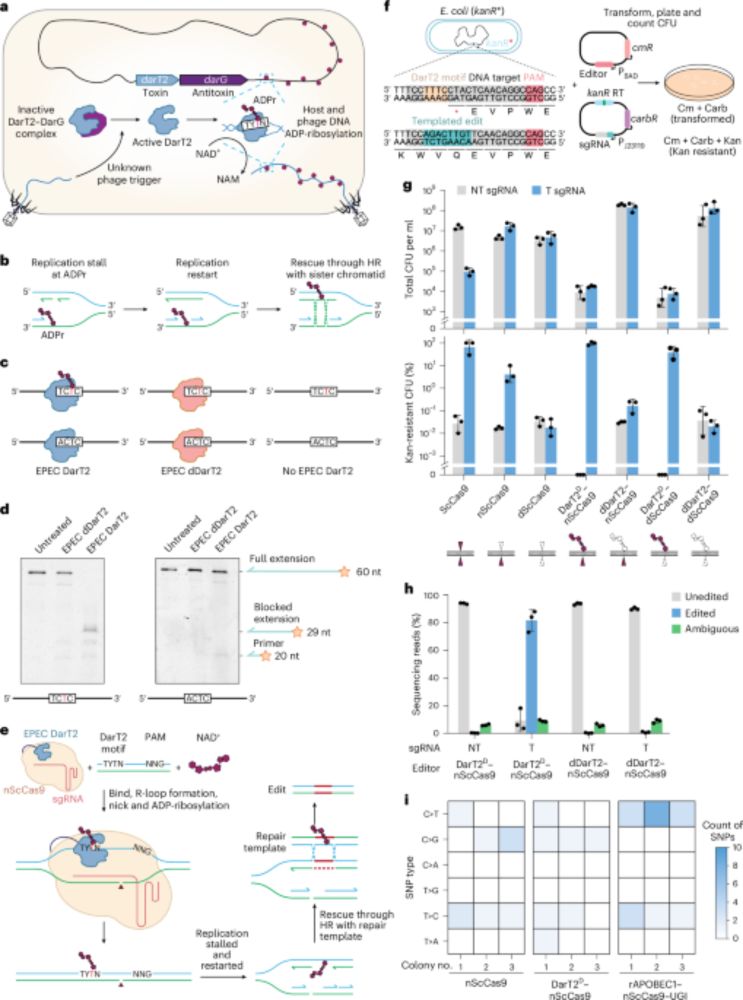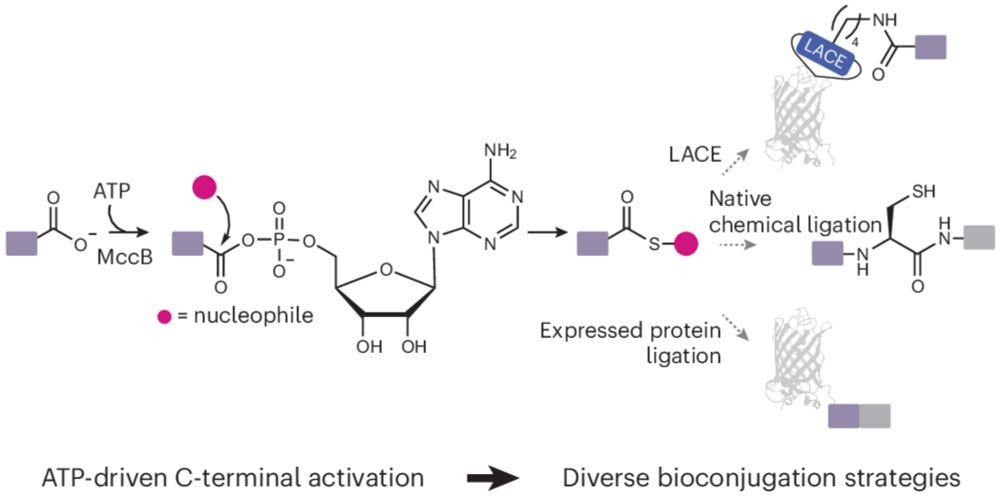

Thanks to wonderful coauthors/collaborators/friends, the whole @doudna-lab.bsky.social and everyone at @innovativegenomics.bsky.social

Thanks to wonderful coauthors/collaborators/friends, the whole @doudna-lab.bsky.social and everyone at @innovativegenomics.bsky.social


www.embopress.org/doi/full/10....
www.embopress.org/doi/full/10....
www.nature.com/articles/s41...

www.nature.com/articles/s41...
We show that the E.coli effector NleL inhibits intestinal epithelial cell extrusion after #inflammasome activation via degrading the kinases ROCK1 and 2!!
www.nature.com/articles/s41...
Explainer 1/8

We show that the E.coli effector NleL inhibits intestinal epithelial cell extrusion after #inflammasome activation via degrading the kinases ROCK1 and 2!!
www.nature.com/articles/s41...
Explainer 1/8
Hijacking a bacterial ABC transporter for efficient genetic code expansion.
Many congrats to everyone involved - a multi-year effort led by @taruniype.bsky.social @maxfottner.bsky.social
www.nature.com/articles/s41...
it all started years ago with a failed experiment
🧵👇 1/9

Hijacking a bacterial ABC transporter for efficient genetic code expansion.
Many congrats to everyone involved - a multi-year effort led by @taruniype.bsky.social @maxfottner.bsky.social
www.nature.com/articles/s41...
it all started years ago with a failed experiment
🧵👇 1/9
www.science.org/doi/10.1126/...

www.science.org/doi/10.1126/...
www.sciencedirect.com/science/arti...

www.sciencedirect.com/science/arti...
This question led us into a dark path, full of concepts of evolutionary genetics, germline stem cell biology and mito-nuclear compatibility.
www.science.org/doi/10.1126/...

This question led us into a dark path, full of concepts of evolutionary genetics, germline stem cell biology and mito-nuclear compatibility.
www.science.org/doi/10.1126/...


We have just put this paper online: www.biorxiv.org/content/10.1...
Here, we came up with some Recommendations for Quantitative Data-Independent Acquisition (DIA) Proteomics using Controlled Quantitative Experiments (CQEs)
1/4

We have just put this paper online: www.biorxiv.org/content/10.1...
Here, we came up with some Recommendations for Quantitative Data-Independent Acquisition (DIA) Proteomics using Controlled Quantitative Experiments (CQEs)
1/4
www.nature.com/articles/s41...

www.nature.com/articles/s41...
go.nature.com/4oX04jC

go.nature.com/4oX04jC
rdcu.be/eDzPk

rdcu.be/eDzPk
---
#proteomics #prot-paper

---
#proteomics #prot-paper
We found that by using ab initio reconstruction at very high res, in very small steps, we could crack some small structures that had eluded us - e.g. 39kDa iPKAc (EMPIAR-10252), below.
Read on for details... 1/x
We found that by using ab initio reconstruction at very high res, in very small steps, we could crack some small structures that had eluded us - e.g. 39kDa iPKAc (EMPIAR-10252), below.
Read on for details... 1/x
Congratulations @vcmentowski.bsky.social for solving a remarkably challenging molecular puzzle

Congratulations @vcmentowski.bsky.social for solving a remarkably challenging molecular puzzle
www.nature.com/articles/s41...
Beautiful work from Ed Chouchani!

www.nature.com/articles/s41...
Beautiful work from Ed Chouchani!

www.nature.com/articles/s41...

www.nature.com/articles/s41...

www.nature.com/articles/s41...

www.nature.com/articles/s41...

